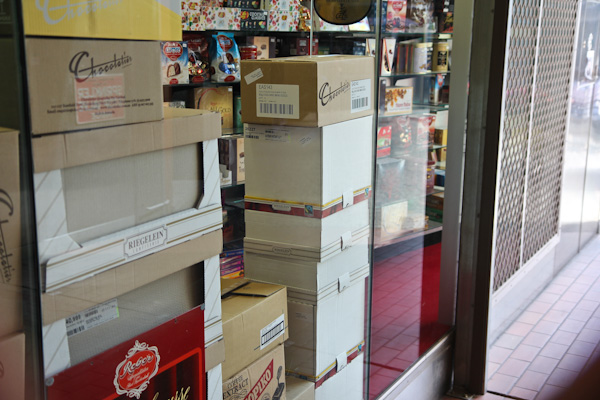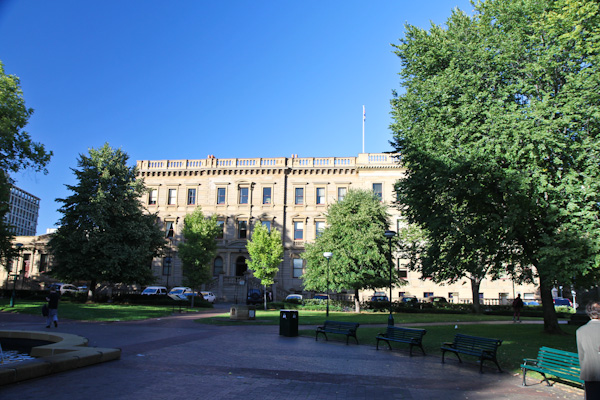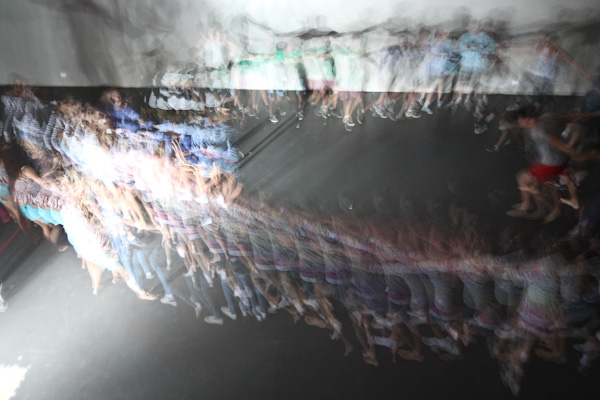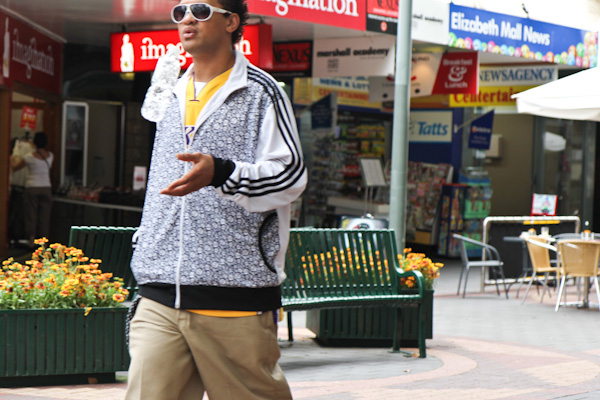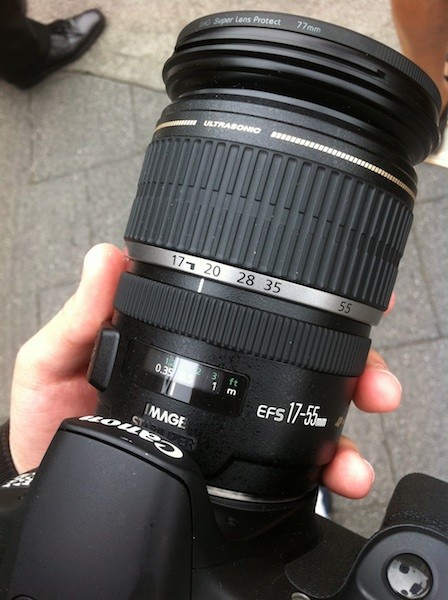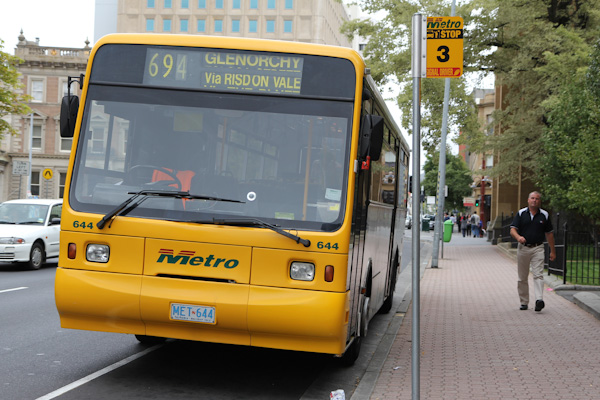I was lurking the OCAU photography forums the other day, as you do, and I came across a post talking about gear and better photos. Of course, that’s a whole other kettle of fish I’ll touch another day, but the key message was that you don’t need the latest and greatest to take good photos.
Everyone succumbs to it (at least as much as their budget allows) at some point during whatever hobby they decide to take up, and for good reason: who doesn’t want the latest and greatest iPhone, graphics card, bike, camera, or lens? I’m taking about GAS, or Gear Acquisition Syndrome.
In his post, Cleary smacks down a fellow photographer who has recently acquired the newest from Canon, the 5D mark III. It’s a fantastic camera, an improvement over the previous full-frame great while still within the reach of mere mortals. I’d be lying if I said I wasn’t at least a little at the stupendous ISO performance and brilliant AF accuracy.
I began shooting/contributing here about the same time as you (give or take), and was always a bit jealous of the gear that you were able to afford.
As you’ve specced up your gear though, the quality of your shots has not really seen the same improvement, and unfortunately these shots are continuing that tradition.If I were you, I would be getting back to basics. You have the gear, you have the endpoint you’re aiming for (live dance photography), now you need to work on finding the path to that endpoint.
I said GAS was something pretty much everyone is affected by, others more so than others due to disposable income and whatever else, and it’s true — during my first few months of 60D ownership I was lusting over the most expensive glass money could buy, and yet my photos weren’t getting better on a similar scale, I upgraded to better glass pretty quickly, thinking that it would improve the photos I was taking.
Did it? Well, sure it did, but in its own way: don’t get me wrong, when the 17-55 is good it’s abso-freakin-lutely fantastic, but by the same token, it reminds me that so much of the photo is determined by the guy behind the lens. I’ve seen how good photos can turn out using that lens, and I’ve also seen how bad others can turn out, too. I walked into work one time with it hung around my neck, and a colleague asked me if my took good photos; I reluctantly smiled and said “Yeah, it does”, lest I get into some long-winded discussion on how much of photography is the photographer, not the gear they use.
I guess the take home message here is that it doesn’t matter what kind of gear you have, at least, perhaps not as much as you think it does. I met up with Alex Wise back in February, and we talked about gear: you can talk all day about which Nikon ultra-wide is better than the other, and whether lenses that have IS/VR are less sharp than those without. You can argue all day long about these kinds of things, but at the end of the day, what kinds of photos are you taking? I mean, what are you shooting? Getting the fine-grained technical aspects of photography and gear is important, but all of it is entirely moot if you’re not actually shooting.
So instead of buying gear, buy a book. Or something that I’ve been doing lately: go watch some videos on YouTube about how to improve your post-processing in Lightroom or whatever software you use. Read articles on websites about how to take better photos, like this one which describes using Shutter Priority to take photos with subjects in low-light and avoiding blur:
When you’re in low light, the two main worries are about exposure (not getting enough light) and camera shake (blurry pictures). If you set the camera to aperture priority then you’re only really dealing with half of the problem, which is light. When you’re in shutter speed priority, you can account for the camera shake (say, 1/30 or 1/50 of a second) and the aperture will adjust around the speed to produce the exposure.
Even if there’s not enough light, the aperture will automatically go to it’s widest, and you can play with the photo in post production. At least that way you don’t have a blurred photo, which you can’t fix (yet).
Moral of the story: worry about the gear, but don’t let it stop you taking better photos. A multi-thousand dollar lens won’t make your pictures multi-thousands of dollars better, but more time behind the lens (probably) will.



